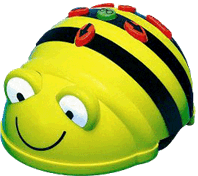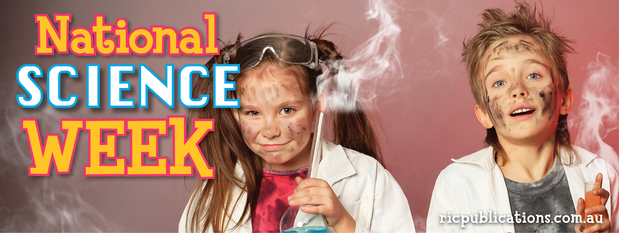- Tuesday 16 August 2016
- 0 Comments
There is no doubt that technology is here to stay. Children are expected to learn much more than adults were ever expected to (technology-wise) at an early age and teachers are expected to teach aspects of technology to very young children, whether they want to or not.
How to do this in a way students can understand and enjoy can be quite overwhelming.
One of the most enjoyable ways is by using Bee-bots™.
Bee-bots™ are programmable floor robots created especially for early childhood and primary children. They are colourful ‘bug-like’ robots capable of remembering 40 instructions or steps.
 Bee-bots™ are available from a number of different educational supply houses, but they are quite expensive. One retails for about $59.95 and a set of 15 costs over $700. If you want these in your school, they are a big financial commitment. Some can be recharged and some suppliers also offer literacy and numeracy mats, and mats with farmyards, treasure and streets on them.
Bee-bots™ are available from a number of different educational supply houses, but they are quite expensive. One retails for about $59.95 and a set of 15 costs over $700. If you want these in your school, they are a big financial commitment. Some can be recharged and some suppliers also offer literacy and numeracy mats, and mats with farmyards, treasure and streets on them.
There are a number of useful websites that can provide excellent resources for teachers. The ones below are just a few:
- http://codigo21.educacion.navarra.es/wp-content/uploads/2015/09/BeebotguideA4v2.pdf This site explains everything about Bee-bots™ and gives many activities for using them.
- http://www.edex.com.au/downloads/dl/file/id/250/ This site gives lots of practical advice,and useful additional links such as a YouTube™ link to introduce Bee-bots™, and a number of literacy and numeracy activities.
- http://snapshot-21stcentury-learning.weebly.com/bee-bots.html Here you can find downloadable activity cards, ideas and some free mats to print off and laminate.
- https://au.pinterest.com/lyndacutting/beebots-4-learning/ Of course, Pinterest™ has a large number of resources about all aspects of Bee-bots™.
Try some of these ideas as well.
- Allow free play with a Bee-bot™ so students can find out what Bee-bots™ can do. Move it two steps forward, one step to the left and three steps back. Repeat, changing the number of steps and directions until students have a good idea how Bee-bots™ move.
- Use the wooden blocks available in every early childhood classroom to create a maze or streetscape, then program the Bee-bots™ to move through it.
- Hold a race between Bee-bots™ over a course selected by the competitors.
- Play some music and create a dance for your Bee-bot™.
- Integrate Bee-bots™ into many curriculum areas. One clever teacher placed full, empty, half-full, almost-full and almost-empty containers on a mat, then directed Bee-bots™ to specific containers. Students were encouraged to use the correct measurement language. Students are exposed to Geography concepts when they navigate their Bee-bot™ over and around any map. Students could create clothing or structures for Bee-bots™ as Design and Technology projects. Students can manoeuvre their Bee-bots™ to say some letters of the alphabet in order or to spell out simple consonant-vowel-consonant words.
- Use different types of mats to manoeuvre the Bee-bots™ in different ways through different pathways.
So check out Bee-bots™ for your technology program and you’ll be able to tick a few more content descriptions from another Australian Curriculum learning area. (You might even have fun!)
